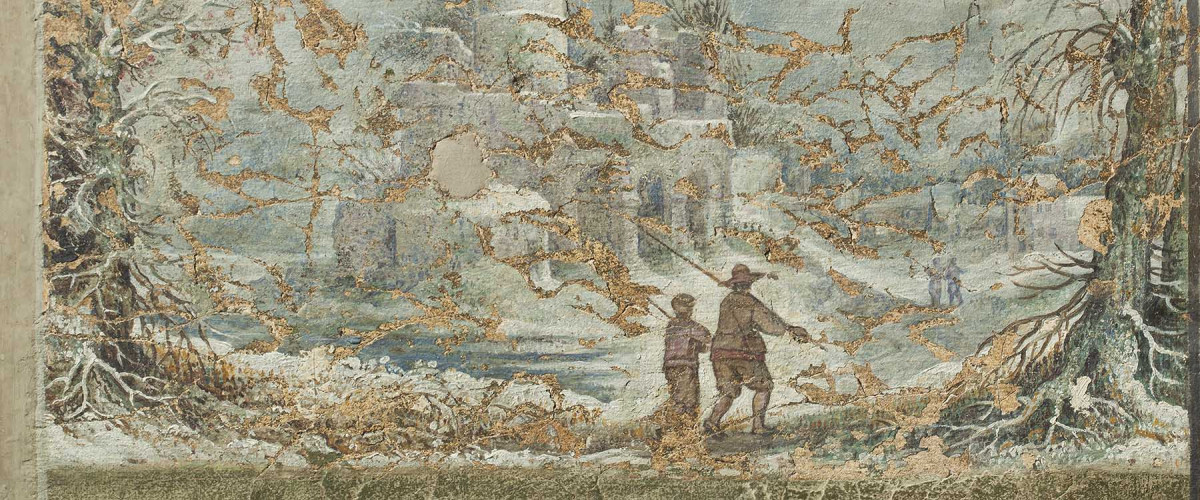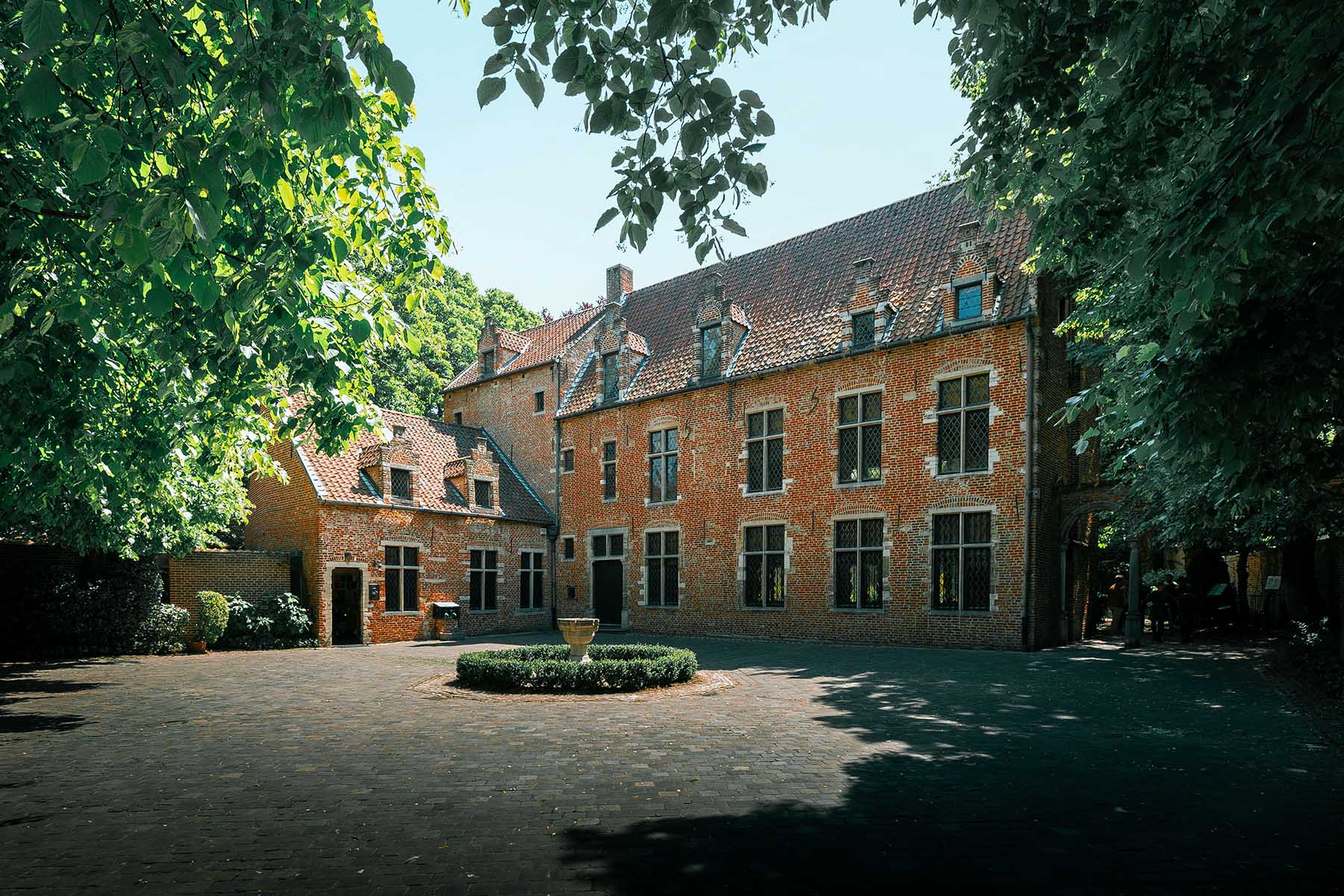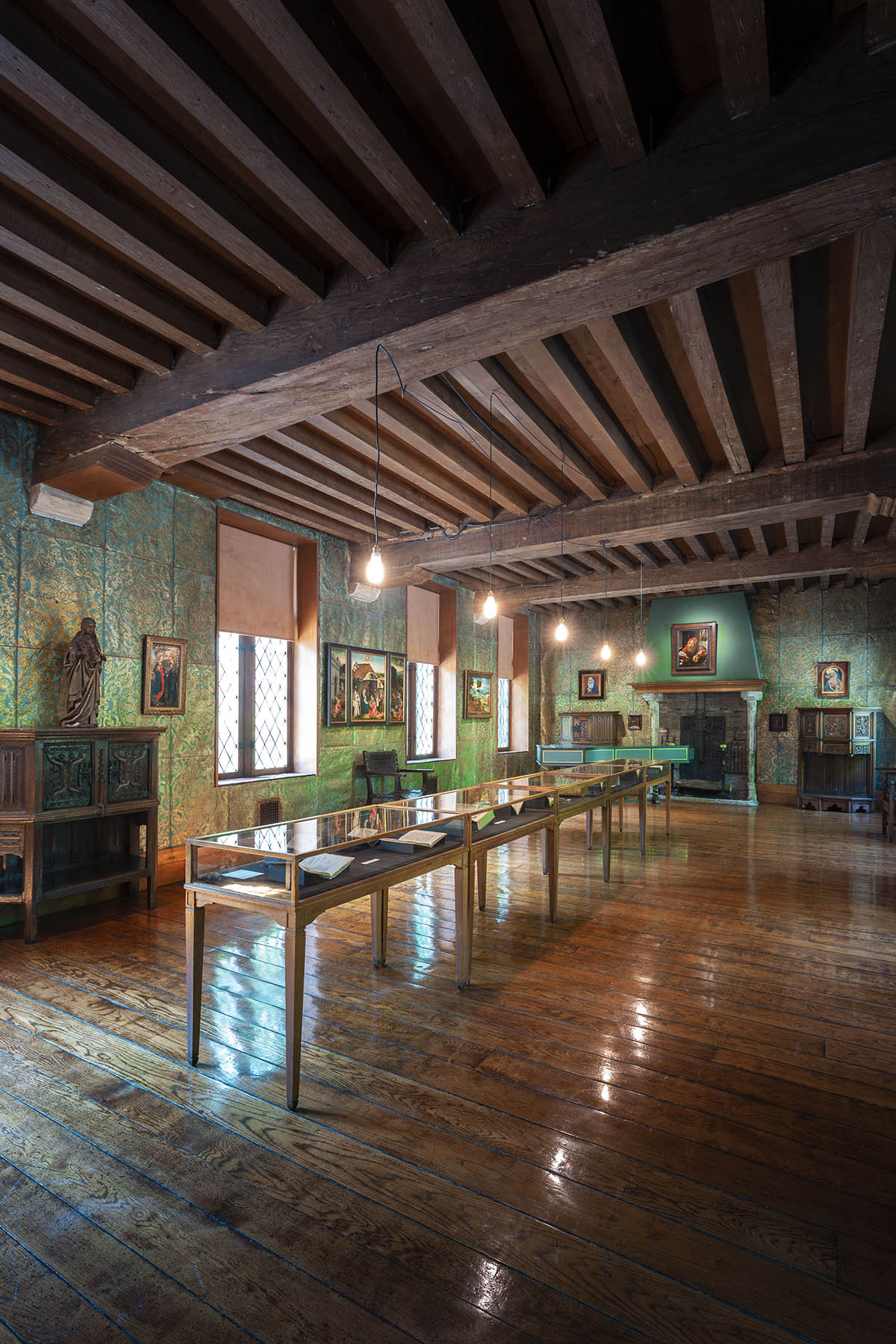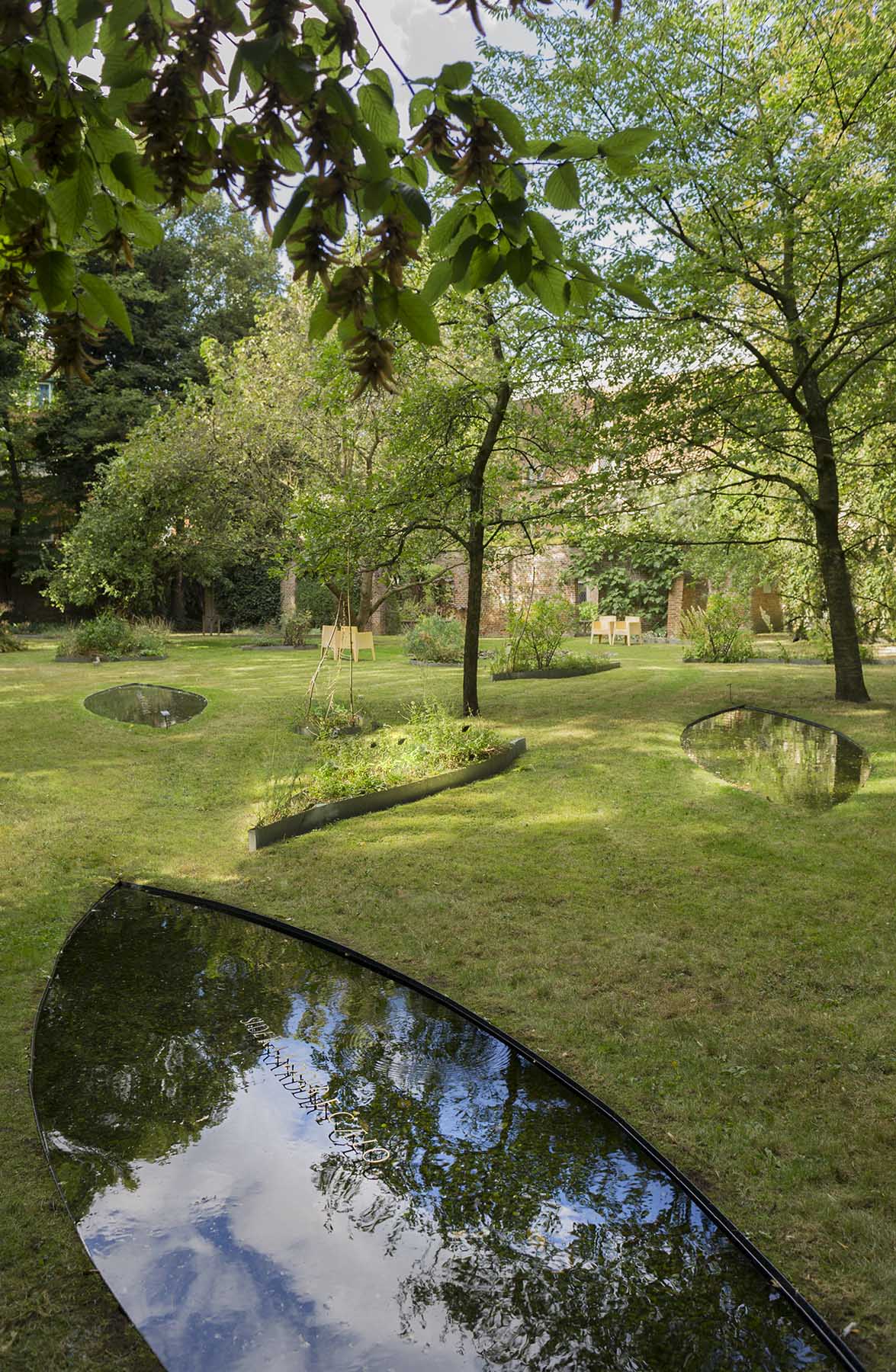Would you like to follow in the footsteps of humanist Desiderius Erasmus? If so, the Erasmus House in Anderlecht is not to be missed! In addition to a magnificent art collection, you will also be able to visit its restful gardens.
Printers and publishers in Flanders
Erasmus House preserves an extensive collection of old prints by Erasmus and other humanists focused on “editiones principes”, i.e. first editions of a book by different printers. They include books by the printer Dirk Martens from Antwerp and Leuven. Dirk Martens was one of the first in the Low Countries to print with loose lead letters. He specialized in publishing humanist texts in Latin, Greek and Hebrew, including some fifty works by Erasmus and the first edition of Utopia by Thomas More. At that time printers were also publishers. They had their own printer's mark, sometimes accompanied by a personal motto. The mark gave their work a distinctive individual character, similar to the logos of commercial companies today.
Apostle statue - Jan II Borman or his son Pasquier Borman
Contemporaries considered Jan II Borman ‘the best woodcarver in Brabant’. In his Brussels workshop he passed on his skills and craftsmanship to his two sons, Jan III and Pasquier. Specializing in wood carvings as well as stone and bronze sculptures, they realized all kinds of projects, from small statues of saints to monumental altarpieces. The oak Apostle statue from the early 16th century was polychromed and shows a standing figure draped in a robe, holding a book in his left hand, a typical attribute for the apostles John and Matthew.
Winter landscape
Winter Landscape is part of the murals discovered in 1931 under the plaster of the great hall. It was part of a frieze at the upper edge of the walls. They were detached from the wall and framed. They were painted ‘a secco’ (dry) and date from the first half of the 17th century. The blue and grey tones accentuate the cold, icy winter landscape. Leafless trees with snowy branches on either side lead our gaze to a ruin. Two hunters in the foreground make their way through the landscape, as two silent witnesses to the winter environment.
Practical information
Accessibility
- The ground floor of the Erasmus House and the gardens are easily accessible for people with disabilities.
- Visitors with limited mobility can contact the museum when a visit is scheduled to arrange to include ramps.



